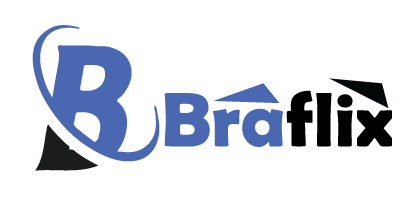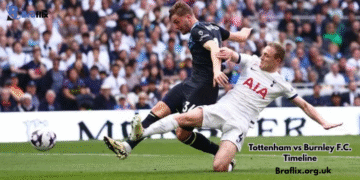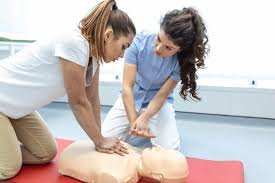Emergencies can happen anywhere, anytime, and having knowledge of first aid can make a huge difference. Whether it’s helping a friend who has fallen or understanding how to assist someone experiencing a medical condition, first aid training gives you the skills needed to step up in critical situations.
Taking a course specifically designed for beginners not only teaches you the essentials but also empowers you with the confidence to act when it matters most.
What is First Aid?
First aid consists of the initial help provided to someone who is injured or suddenly unwell before professional medical assistance arrives. It can range from simple actions like cleaning a cut to more complex procedures like performing CPR. The primary goal of first aid is to preserve life, prevent the condition from worsening, and promote recovery.
Why is First Aid Training Important?
Understanding the importance of first aid training can be life-changing. Knowing how to respond in emergencies alleviates panic, allowing you to act swiftly and ensure safety.
With first aid training, you’re better equipped to assist friends, family, or even strangers in need. Learning about safety measures reduces the likelihood of accidents and injuries. Knowing first aid and applying it correctly can sometimes protect you legally in case of an incident.
What Will You Learn in a Beginner First Aid Course?
A beginner first aid training course typically covers a variety of essential topics:
Basic Life Support (BLS)
Learn how to perform CPR (cardiopulmonary resuscitation), which is used when someone’s heart has stopped. It includes chest compressions and rescue breaths to keep blood flowing to vital organs until medical help arrives.
Managing Choking
Understanding how to respond when someone is choking can save a life. You will learn the Heimlich maneuver and how to assist someone who cannot breathe due to an obstruction.
Wounds and Bandaging
Getting familiar with different types of wounds and how to dress them properly is part of your training. From scrapes to serious cuts, knowing how to clean and bandage can prevent infections.
Recognizing Signs of Shock and Other Medical Emergencies
Being able to identify symptoms like sudden faintness or a person’s skin turning pale can help you take necessary actions quickly. Training includes recognizing various emergency situations, like heart attacks or strokes.
Various First Aid Kits
You’ll learn about different types of first aid kits and what essential items they should contain. This knowledge allows you to prepare your own home or school kit effectively.
How to Practice Your First Aid Skills
After completing a first aid course, practicing your skills regularly is crucial. Engaging in community health groups or clubs can provide opportunities for hands-on practice and learning from others.
Consider volunteering with organizations like the Red Cross, where you can apply what you’ve learned. First aid practices evolve, so staying informed about new guidelines is essential. Check out https://cprcertificationnow.com for a comprehensive first aid course that suits beginners.
Take the Next Step to Safety
Now is the perfect time to consider enrolling in a first aid training course. Being equipped with critical first aid skills can have a significant impact on the safety of those around you. Don’t wait for an emergency to learn what could save a life!
For more helpful tips, check out the rest of our site today.


































